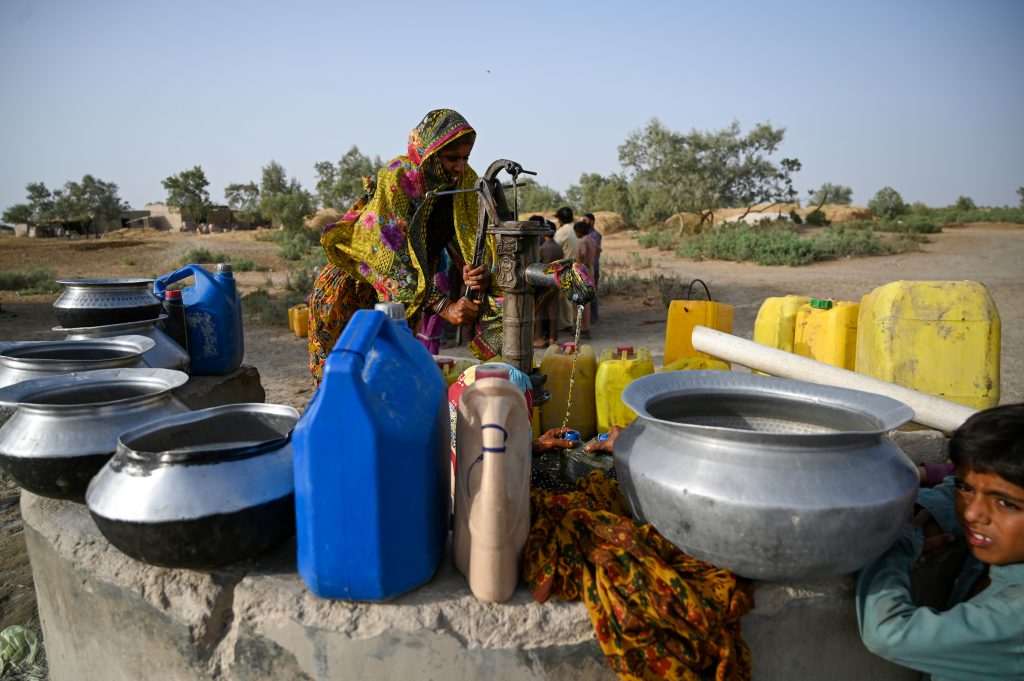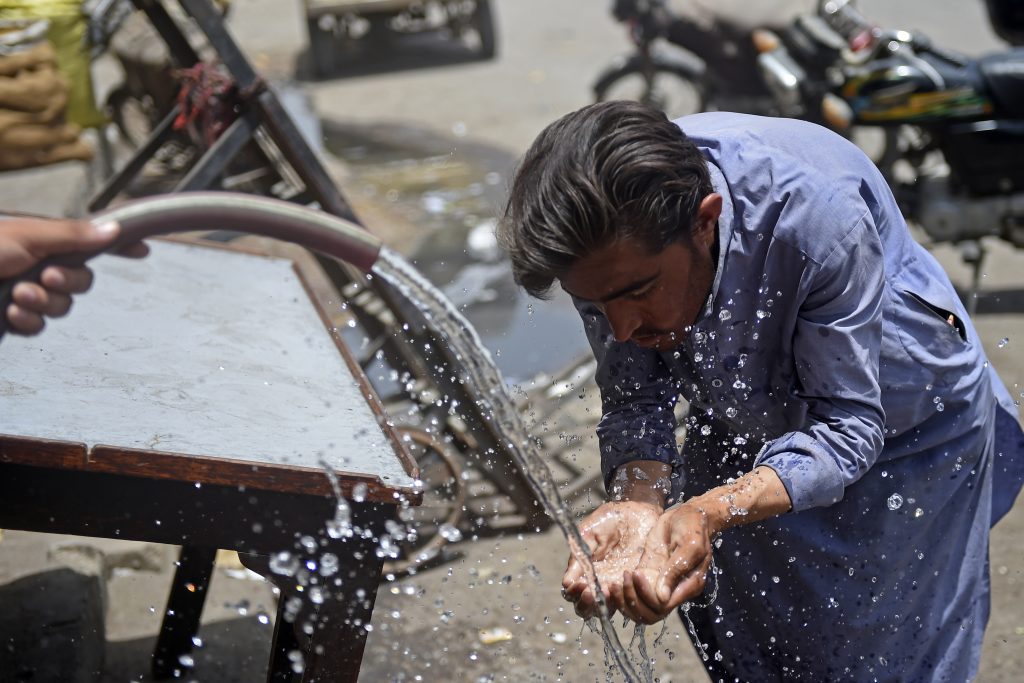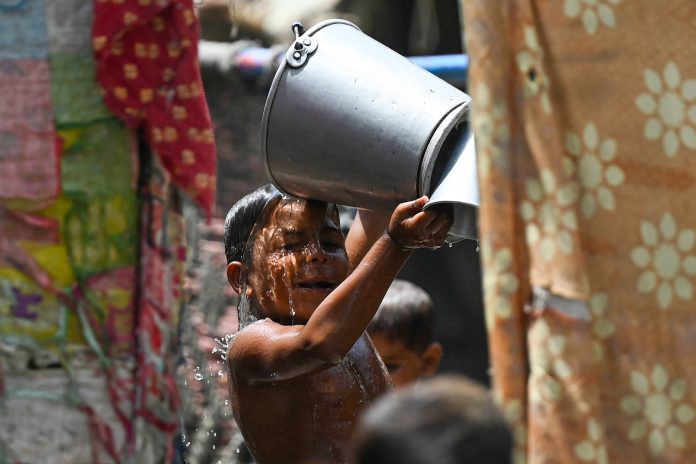The record-breaking humid heat wave that hit India, Bangladesh, Laos, and Thailand in April was made at least 30 times more likely as a result of human-induced climate change, while the next five years are expected to be the warmest period on record globally, according to two reports by scientists.
Parts of South and Southeast Asia saw record temperatures, over 40 degrees Celsius (104 Fahrenheit) last month. The temperatures were at least 2 degrees Celsius hotter due to climate change, which has seen average global temperatures rise 1.2 degrees since 1900, a study by the World Weather Attribution (WWA) said Wednesday evening.
Temperatures reached 45.4 C (113.7 F) in Thailand’s western Tak province, the highest ever reported anywhere in the country, while Sainyabuli province in Laos hit 42.9 C (109.2 F), an all-time national high that was broken a few weeks later in May in Luang Prabang province.
In Bangladesh, Dhaka observed the highest maximum temperature recorded in five decades at 40.6 C (105 F), while several northern and eastern Indian cities recorded temperatures above 44 C (111.2 F).
The heat wave in Southeast Asia would have been “virtually impossible” without climate change, the scientists said. While they used to take place in South Asia once a century the scientists expect them to occur every five years now.
“The heatwaves were not natural … Unless we take drastic measures to reduce carbon emissions, heatwave events like this will continue to become more common,” said Chaya Vaddhanaphuti, a member of the WWA team and a geography lecturer at Thailand’s Chiang Mai University.
Several casualties were reported during the April heat wave, especially in India, but the full effect will only be known months later, WWA said.
Heat is more dangerous in humid conditions because the body cannot properly regulate its temperature through various activities, like sweating.
The heat index – “feels like” temperatures that factor in humidity – exceeded “dangerous” (41 C) over large parts of South and Southeast Asia, according to WWA.
In some areas of Laos, the heat index was close to the hazardous level of 54 C, under which the body temperature is difficult to maintain, the report said.
The scientists warned that these heat waves “will continue with further warming,” with such events in Thailand and Laos” about ten times more likely” to occur if the earth warms by 2 C and expected every one to two years in India and Bangladesh.
“Until overall greenhouse gas emissions are halted, global temperatures will continue to increase, and events like this will become more frequent and severe,” they added.

WMO: 98% chance of hottest five years
WWA’s report coincided with another study from the World Meteorological Organization (WMO), saying that there is a 98% likelihood that at least one of the next five years will be the warmest on record.
The next five-year period would also almost certainly be the warmest on record, WMO said, with a 66% likelihood that the annual average global temperature will be more than 1.5 C above pre-industrial levels for at least one year.
The record surge is primarily due to climate change and naturally occurring El Niño events, said WMO, a specialized United Nations agency that looks into weather and atmospheric science.
El Niño is a climate pattern characterized by hot ocean temperatures in the equatorial Pacific, which can significantly affect weather patterns worldwide.
In Southeast Asia, that would mean warmer, drier weather conditions. The last two years have seen the cooling influence of La Niña conditions, which ended in March.
Earlier this month, WMO had said there is an 80% chance El Niño will appear by October. It typically increases global temperatures by the following year.
“A warming El Niño is expected to develop in the coming months, and this will combine with human-induced climate change to push global temperatures into uncharted territory,” said WMO Secretary-General Prof. Petteri Taalas.
“This will have far-reaching repercussions for health, food security, water management, and the environment. We need to be prepared.”

According to scientists, the past eight years have been the eight warmest on record globally, with 2016 being the hottest on record. WMO says that is primarily due to the “double whammy” of “an exceptionally strong El Niño” event and human-induced warming from greenhouse gasses.
A climate expert said the report proves once again that climate change is changing global temperatures “to levels never experienced previously by humanity.”
“We are moving further into uncharted territory, in which previous adaptation and coping strategies may not apply,” said Professor Janette Lindesay from the Australian National University.
“Global heating is accelerating. The chance of exceeding 1.5 C was nearly zero in 2015, and 10% up to 2021. It is now 66%.”
The average global temperature, which has not crossed the 1.5 C threshold set by Paris climate agreement, was about 1.15 C above the 1850-1900 average.
Kimberley Reid, an atmospheric scientist from the Monash University in Melbourne, said her “biggest fear is that we become desensitized to the ever-falling records and forget what these numbers actually mean.”
“1.5 degrees warming means the Great Barrier Reef probably won’t survive this century. That’s tragic,” she said.









